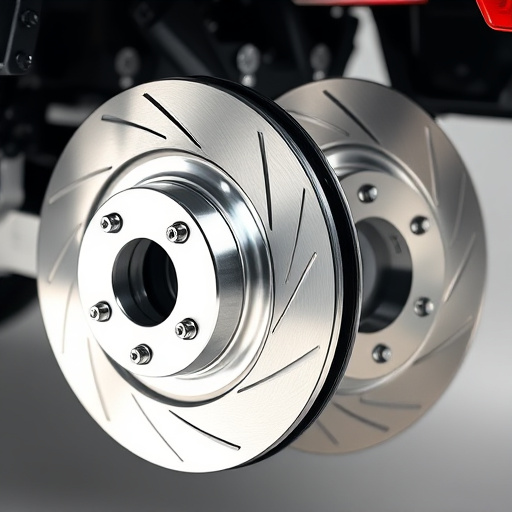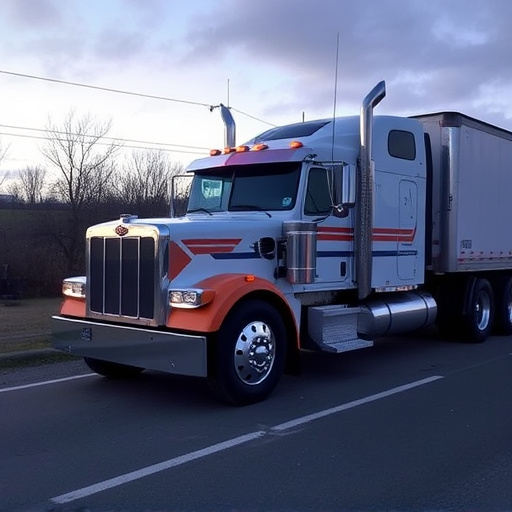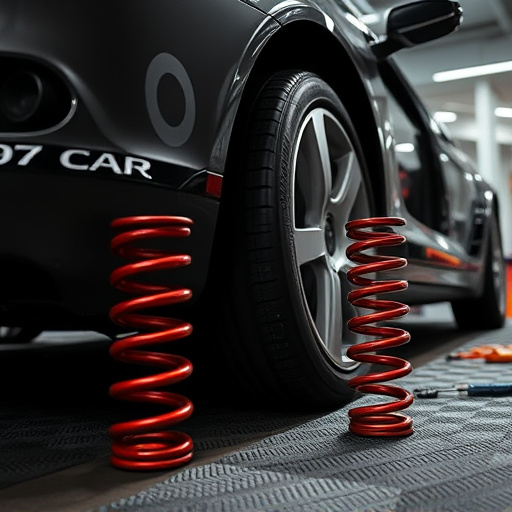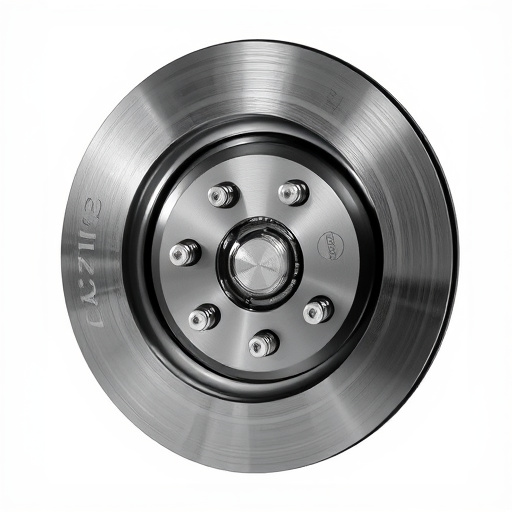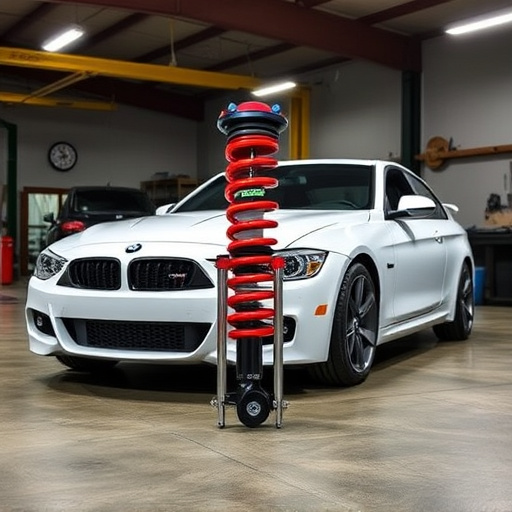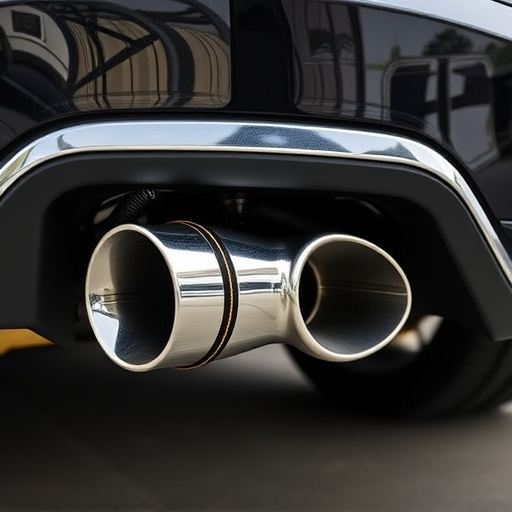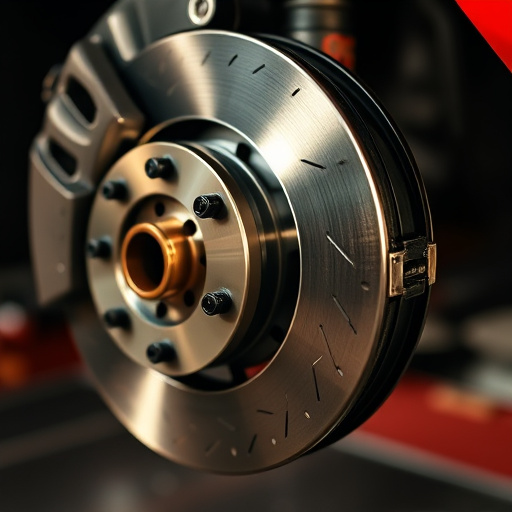Long tube headers are a key upgrade for automotive exhaust systems, addressing backpressure issues that hinder engine performance. Their extended tubing design improves exhaust gas flow, leading to enhanced combustion efficiency, increased horsepower, and better fuel economy. This modification, paired with other high-performance upgrades, offers a more responsive driving experience suitable for various vehicle types, from muscle cars to motorcycles. Essential for modified vehicles and racing applications, long tube headers contribute to optimal airflow and improved throttle response.
Long tube headers are revolutionizing engine performance by significantly reducing backpressure. This article delves into the intricate world of automotive engineering, exploring how understanding backpressure is key to unlocking optimal engine efficiency. We uncover the transformative role of long tube headers in minimizing backpressure, highlighting their benefits and diverse applications. Discover how this simple yet powerful modification can enhance power output and overall engine health.
- Understanding Backpressure and Its Impact on Engine Performance
- The Role of Long Tube Headers in Reducing Backpressure
- Benefits and Applications of Implementing Long Tube Headers
Understanding Backpressure and Its Impact on Engine Performance
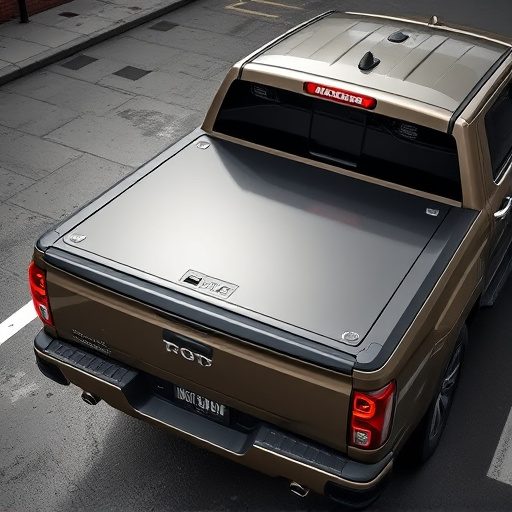
Backpressure, a term often heard in automotive circles, refers to the resistance against the flow of fluids or gases, specifically within an engine’s exhaust system. In the context of vehicle performance, it plays a significant role in determining how efficiently an engine can operate. When backpressure builds up, it restricts the airflow, which directly impacts the engine’s ability to intake fresh air and burn fuel effectively. This not only reduces power output but also leads to decreased fuel efficiency and increased emissions.
Long tube headers are designed to address this very issue by minimizing backpressure, thereby enhancing overall vehicle performance. These headers feature extended tubing that allows for a smoother flow of exhaust gases, eliminating bottlenecks that cause resistance. By improving airflow, long tube headers contribute to better combustion, resulting in enhanced power delivery and a more responsive drive experience. This simple yet effective modification is particularly beneficial when paired with high-performance air filter kits and optimized suspension components.
The Role of Long Tube Headers in Reducing Backpressure
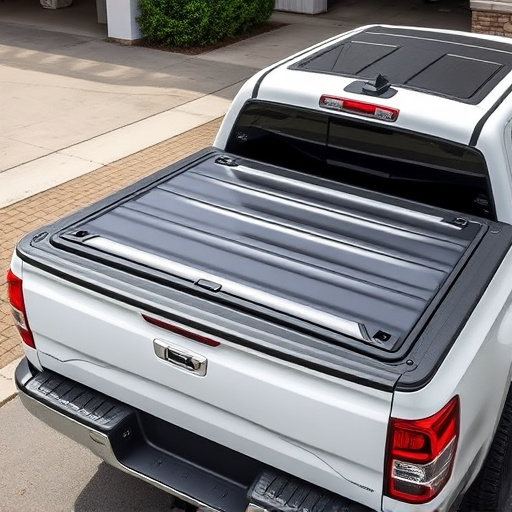
Long tube headers play a pivotal role in significantly reducing backpressure within an engine’s exhaust system. Unlike traditional short-tube headers that collect exhaust gases from a smaller number of cylinders, long tube headers distribute the gases across a larger network of tubes. This design allows for more efficient combustion and better gas flow, leading to reduced pressure buildup behind the engine.
By optimizing the exhaust gas path, long tube headers facilitate smoother and faster expulsion of spent gases. This not only enhances overall engine performance but also improves the efficiency of components like cat back exhaust systems, brake rotors, and brake pads by minimizing the residual heat and pressure they encounter. As a result, vehicles equipped with long tube headers often exhibit improved fuel economy and more responsive acceleration.
Benefits and Applications of Implementing Long Tube Headers
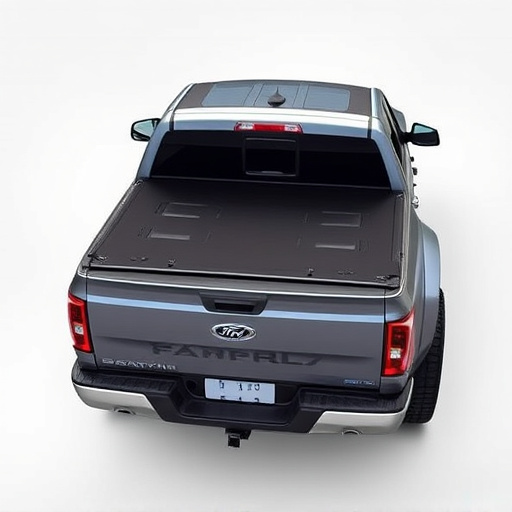
Implementing long tube headers offers a multitude of benefits for vehicles with high-performance exhaust systems. One of the key advantages is the significant reduction in backpressure within the exhaust system, allowing engines to operate more efficiently and enhancing overall performance. This design is particularly useful for modified vehicles or racing applications where maximizing engine output is crucial. By routing exhaust gases through longer, more intricate paths, these headers promote better gas flow and minimize restrictions, resulting in increased horsepower and torque.
The versatility of long tube headers makes them suitable for a wide range of applications. They can be tailored to fit various vehicle types, from muscle cars to motorcycles, and even custom builds. Moreover, they complement the look of a car’s exhaust system with their sleek, streamlined design. When combined with high-performance intake components, long tube headers contribute to a more robust engine response, improved throttle sensitivity, and better overall driving experience, especially when paired with performance exhaust and exhaust tips designed for maximum airflow.
Long tube headers emerge as a powerful solution for reducing backpressure, significantly enhancing engine performance. By efficiently routing exhaust gases, these headers contribute to improved combustion and increased power output. This technology, with its ability to optimize flow, is particularly beneficial in high-performance vehicles and industrial applications, ensuring optimal efficiency and reduced stress on engine components. Implementing long tube headers can thus lead to both practical and performance advantages for automotive and mechanical engineers alike.



